United States Air Force Museum
Short break from sunset pics lest I will get bored..!! Here are some pics of the Air Force Museum I've been to. Some excerpts from their brochure (can be found at http://www.wpafb.af.mil/museum/ ) - "Located near Dayton, Ohio, the National Museum of the United States Air Force, the world’s largest and oldest military aviation museum and the official museum of the U.S. Air Force. The museum’s galleries present military aviation history, boasting more than 300 aircraft and aerospace vehicles – many rare and one-of-a-kind, thousands of historical items, and powerful sensory exhibits that bring history to life and connect the Wright brothers’ legacy with today’s stealth and precision technology.
Early Years Gallery: A path from the earliest days of military aviation to the early 1940s. Aircraft on display include a rare SPAD XIII, Caproni CA 36 bomber and an MB-2 bomber, among many others. The gallery storyline begins with the Wright brothers and continues through the Mexican Punitive Expedition, World War I, research and development in the 1930s and the United States’ preparation for World War II.
Air Power Gallery: The heroism and drama of World War II air power take center stage in the museum’s Air Power Gallery, containing Army Air Forces pursuit aircraft and bombers. Visitors can view a Doolittle Raiders’ exhibit surrounding a B-25B, stand next to the B-29 “Bockscar” that dropped the atomic bomb on Nagasaki and see other rare WWII era aircraft such as the B-24D, P-61C, Martin B-26G, and the B-17G “Shoo Shoo Shoo Baby.” The gallery’s chronology tells the Army Air Forces story, from the China–Burma–India theater to the Mediterranean, European, and Pacifi c theaters and back to the home front.
Flight Gallery: The Modern Flight Gallery portrays the Air Force’s involvement in the Korean and Vietnam Wars. Visitors can see aircraft such as an F-86A, F-105G and the hulking B-52, as well as aircraft promising to transform Air Force air power, including a prototype of the F/A-22 Raptor, and unmanned aircraft such as the Predator and Global Hawk.
Cold War Gallery: The Cold War Gallery is located in the museum’s latest major hangar, the 200,000 square-foot Eugene W. Kettering Building. The gallery explores the Air Force’s vital role in defeating Soviet communism and in waging the war on terrorism. Prominent aircraft include the imposing B-36J bomber and the RB-47 as well as modern favorites such as the F-117 stealth fi ghter, A-10 “Warthog,” F-15, an F-16 in U.S. Air Force Thunderbird colors and the fi rst permanent public display of a B-2 stealth bomber.
Missile and Space Gallery: Part of the museum’s expansion, the Missile/Space Gallery combines with the Cold War Gallery to explore the Air Force’s historical and critical contributions toward Soviet containment and to convey the Air Force’s key role in America’s advance into space. Featuring a viewing platform, the silo-like structure houses space launch vehicles and the museum’s world-class collection of Intercontinental Ballistic Missiles.
Presidential and Research and Development/Flight Test Galleries: An especially popular museum attraction is its storied collection of nine Presidential aircraft. Visitors can walk through four of the most notable aircraft, including Franklin D. Roosevelt’s C-54C “Sacred Cow,” Harry Truman’s VC-118 “Independence,” and Dwight D. Eisenhower’s VC-121E “Columbine III.” Most popular of all is “Air Force One,” a VC-137C known as SAM (Special Air Mission) 26000. This Boeing 707 fl ew President Kennedy’s body back to Washington D.C. from Dallas and served as the site of President Lyndon B. Johnson’s swearing in. The aircraft served every U.S. president from Kennedy to Clinton.






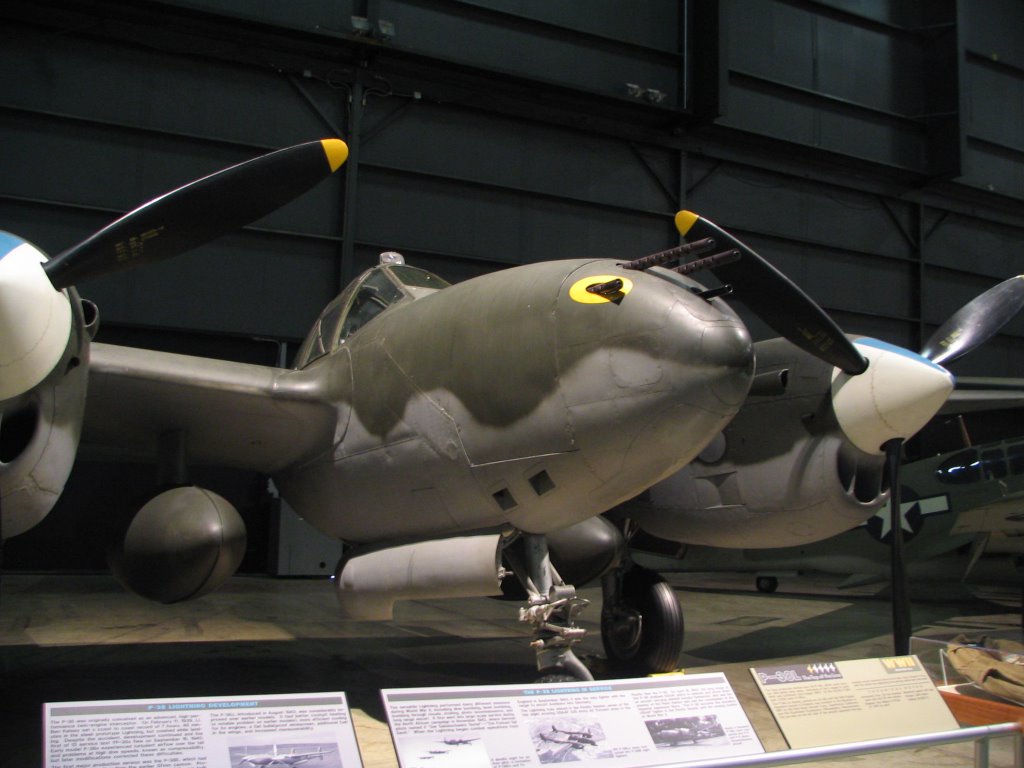

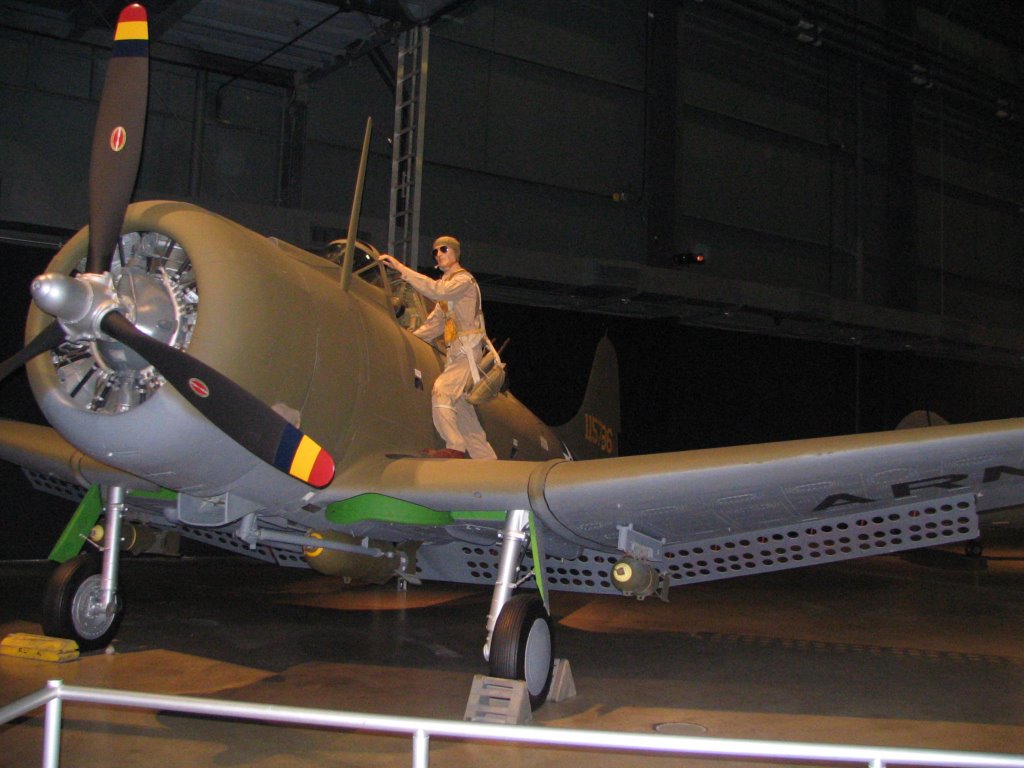









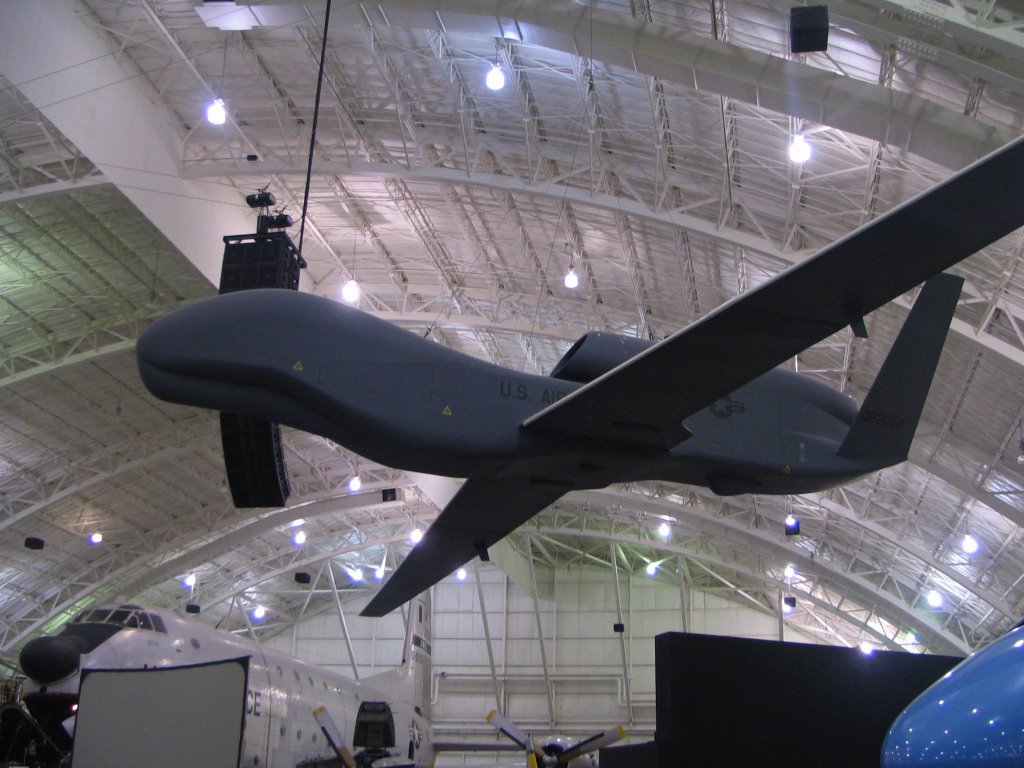





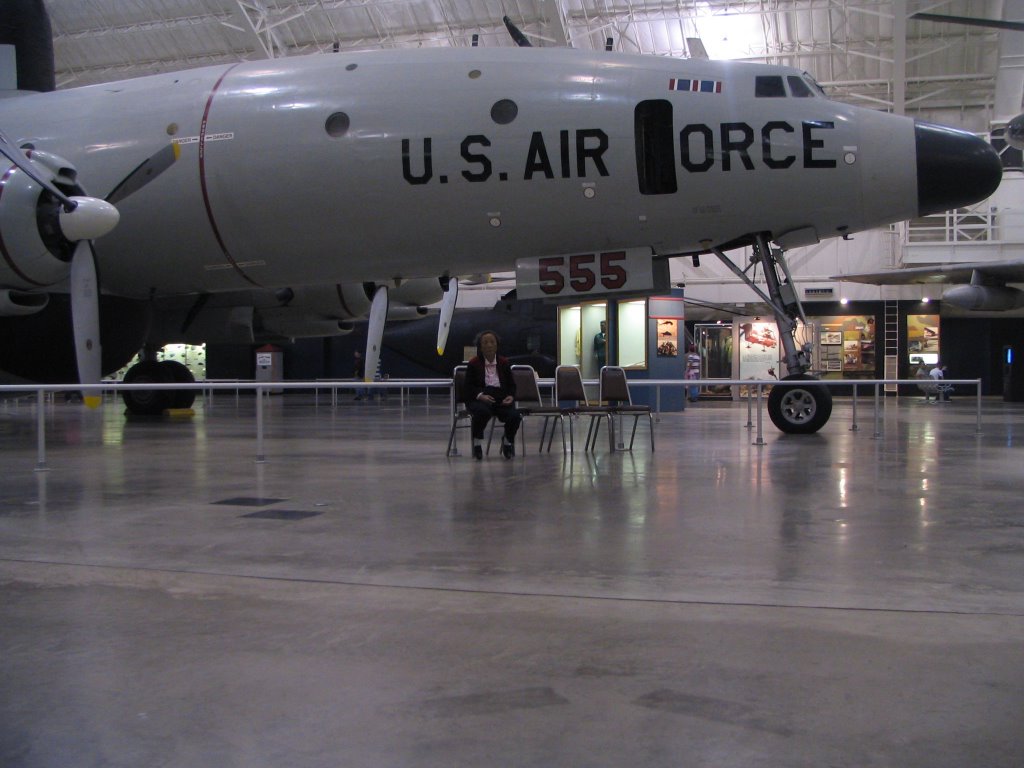

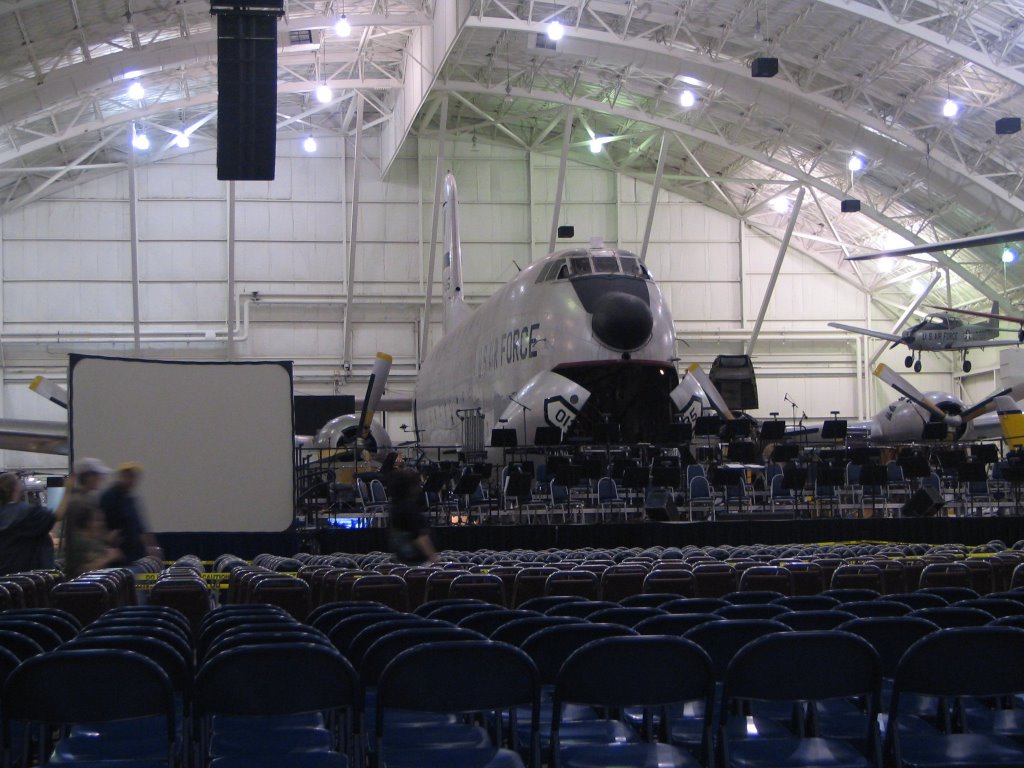












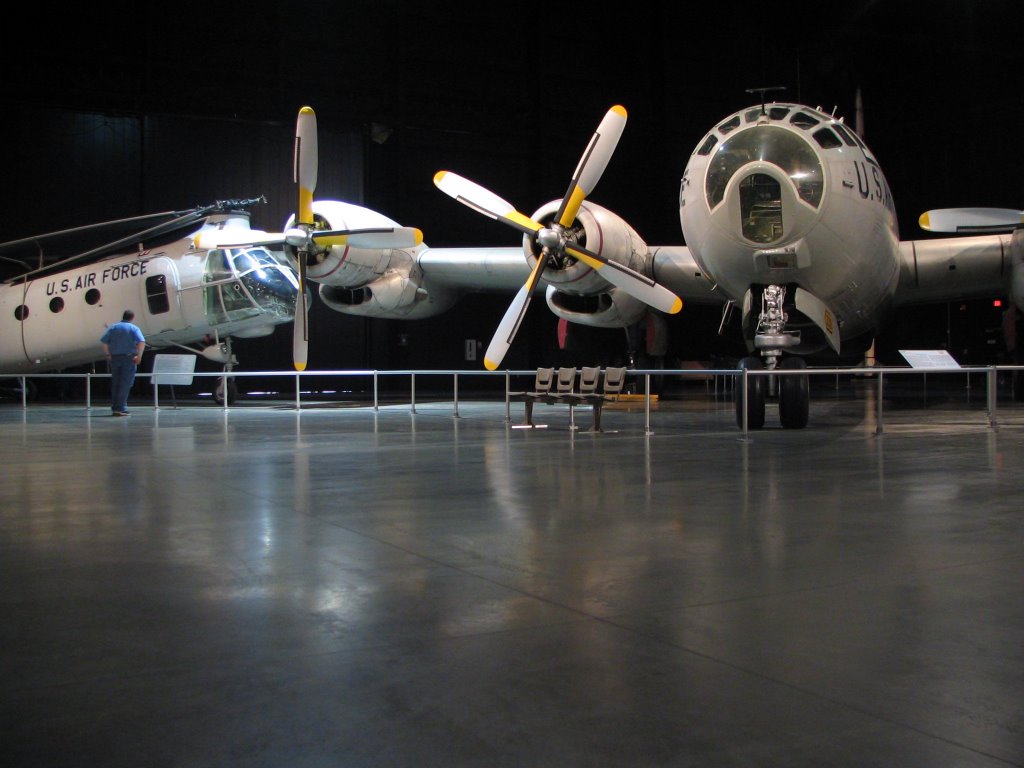











0 Comments:
Post a Comment
<< Home